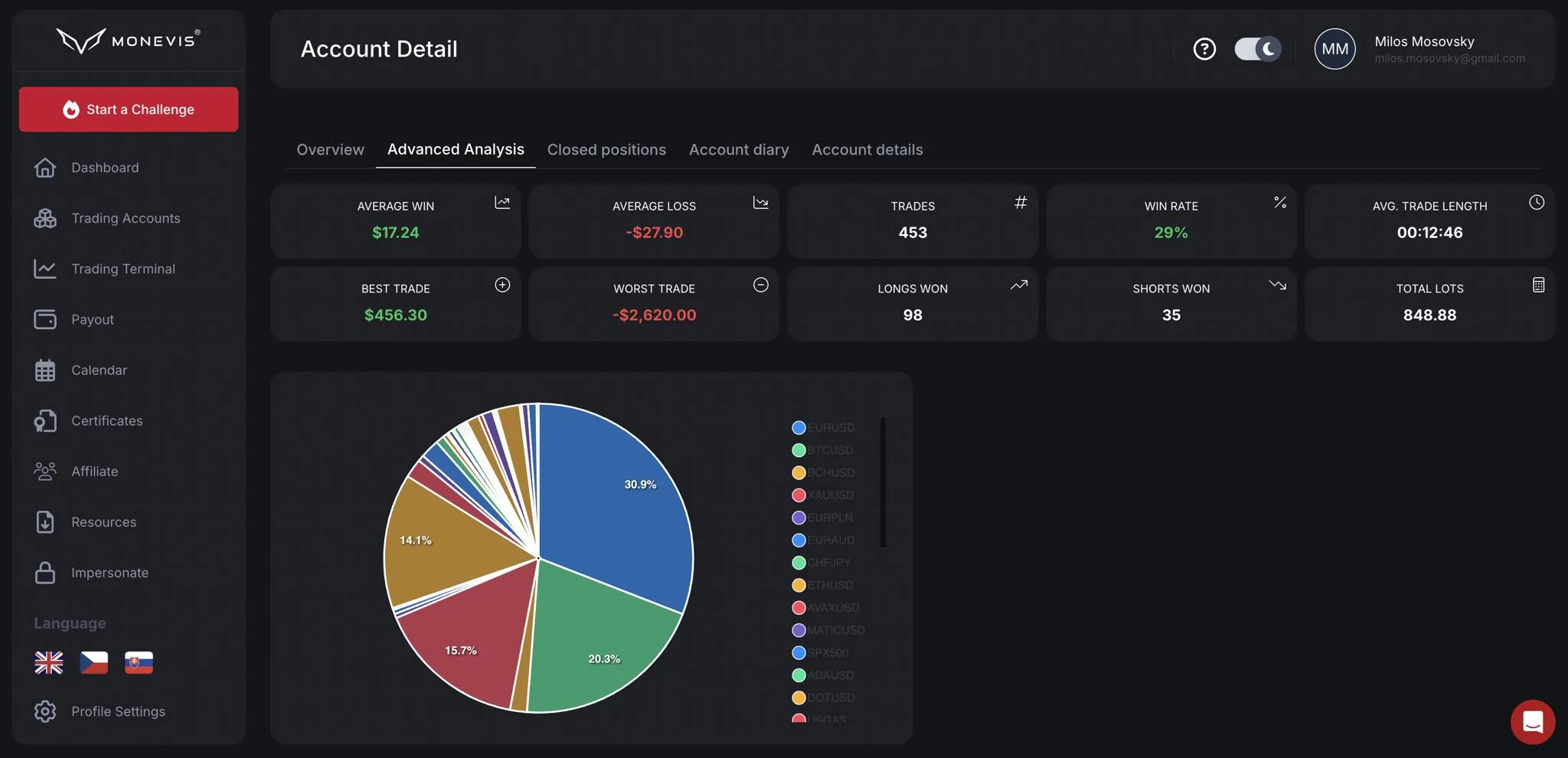HOT TIP : Libérez votre potentiel commercial avec Monevis®.

1. What is Liquidity?
- Definition: Liquidity represents a market’s ability to quickly buy and sell assets without causing significant price movements. Higher liquidity means price stability and easier entry and exit.
- Importance for Traders: For traders, liquidity offers more opportunities to enter positions at the current market price, essential for fast-paced markets like forex.
- Role in Forex: Forex is one of the most liquid markets globally, allowing quick and efficient trades on currency pairs due to its vast number of participants.
2. Smart Money Concept (SMC)
- Definition: SMC is a trading strategy that focuses on following the movements of “smart money” or large players, like banks, institutions, or hedge funds, who have the power to influence the market.
- How it Works: SMC identifies key liquidity areas where big players enter the market. This allows traders to anticipate price movements toward areas with high trade volume.
- Key Tools and Terms:
- Market Structure: SMC is based on analyzing market structure, with key focus areas like highs, lows, and trend lines that indicate where “smart money” might move.
- Liquidity Zones: SMC tracks areas with liquidity concentrations (support and resistance zones), as these levels attract significant moves from major players.
- Order Blocks: These are areas on the chart where institutions likely placed large entries. Order blocks act as potential reversal zones.
3. What to Expect from the SMC Strategy
- High Accuracy: SMC aims to identify areas with a high probability of price reaction by focusing on places where institutions make their moves.
- Time-Intensive: Analyzing liquidity and identifying key areas takes experience and time, especially when monitoring multiple timeframes.
- Lower Trade Frequency: SMC is not based on frequent trading; instead, it seeks quality trades with larger potential price moves.
4. Advantages and Disadvantages of the SMC Strategy
- Avantages:
- Focuses on areas likely to experience significant price movement.
- High probability of success due to following large market players.
- Inconvénients:
- Requires a solid understanding of market structure and liquidity analysis.
- Demands patience, as signals are less frequent than in other strategies.
5. How to Get Started with the SMC Strategy
- Study Market Structure: Focus on highs, lows, and areas where trends confirm or break.
- Identify Liquidity Zones and Order Blocks: Learn to spot areas with concentrated liquidity and where institutions are likely entering trades.
- Backtesting and Practice: Test the strategy on historical data to build confidence in market structure analysis and recognizing key areas.
The SMC strategy offers an advanced approach for traders ready to analyze the market from an institutional liquidity perspective, aiming for profitable trades in the long run.
HOT TIP : Libérez votre potentiel commercial avec Monevis®.

